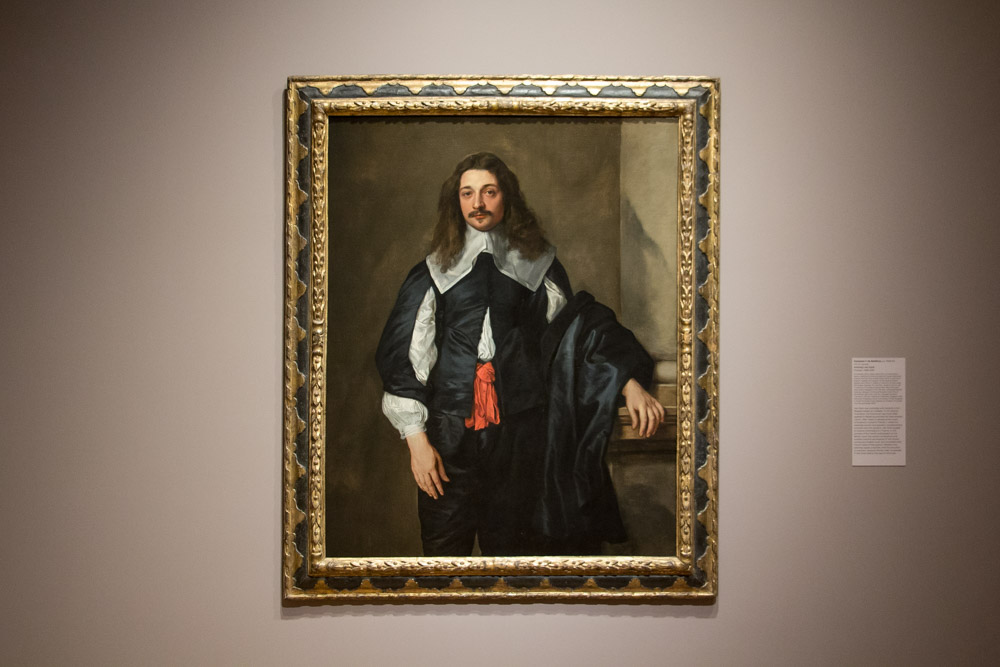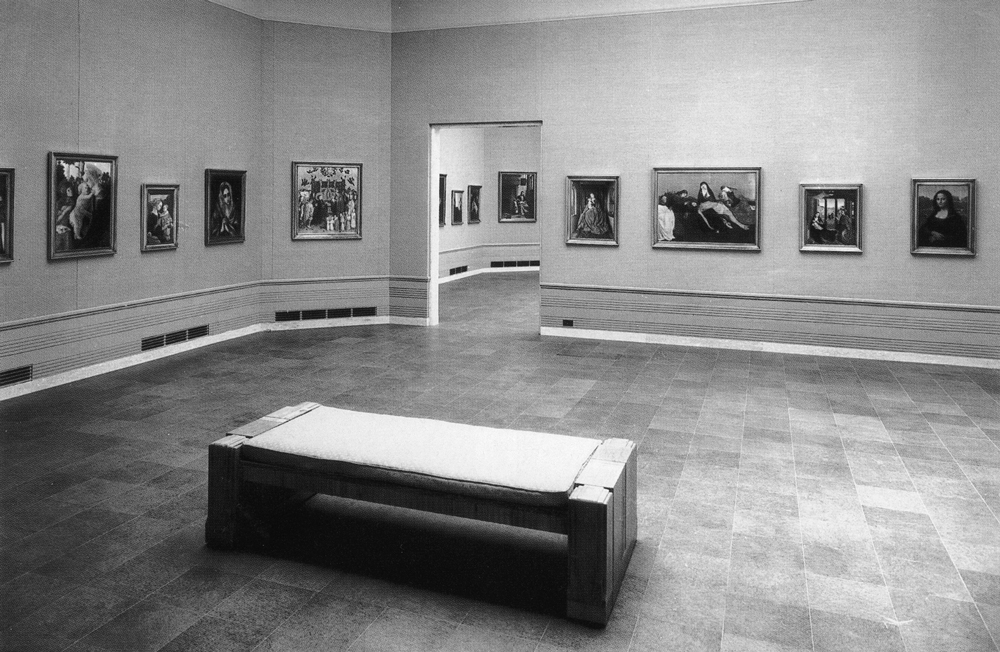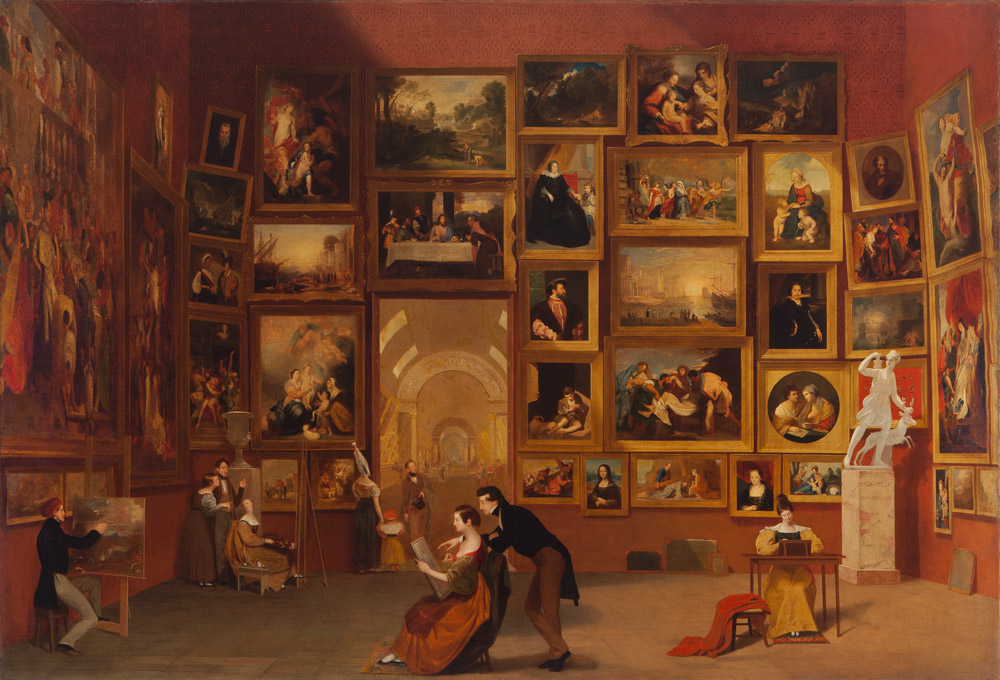Object of the week: Pomponne II de Bellièvre

Did you know that in the 1930s the Mona Lisa hung in the halls of the newly opened Seattle Art Museum in Volunteer Park on Capitol Hill? And that it was joined by other European masterworks from the Louvre, the Uffizi, and other renowned collections?
They were all here. Or rather, editions of the originals were here. SAM’s founding director Richard E. Fuller initially devoted some of the museum’s gallery space—which was at a premium—to a display of faithful facsimiles of European Old Master paintings. Showing replicas alongside originals might seem problematic or just plain tacky to us today, but we can’t say his choice wasn’t a practical one. Collecting European paintings was never a priority for Fuller, and the costs for these kinds of historical works were often above his budget. Still, Fuller understood the importance of this chapter in the history of art-making. Even while he and his mother, Margaret MacTavish Fuller, were building the museum’s collection by selecting Asian art objects and patronizing local painters, Fuller couldn’t imagine telling a story of art history without the Old Masters.

About 100 years before Fuller was hanging his facsimiles, American painter Samuel Morse (1791-1872) was considering the same issue. Morse’s first profession was painter; he would later become the inventor of the electromagnetic telegraph, immortalized in the term “Morse” code. Like Richard Fuller, Morse was deeply interested in connecting the art of the European masters with America’s present and future cultural production. How to bring the best of European painting to America, so that our local artists might learn and grow from its examples? Using the skills and technology available to him, Morse began a monumental painting that would feature dozens of Old Master artworks in miniature, for the instruction and reference of his fellow American painters.

Morse worked on what would become his masterpiece, Gallery of the Louvre, between 1831-1833, in both Paris and New York. The painting depicts the Salon Carré, a prominent gallery in the Louvre. The artwork has an impressive scale, at roughly six by nine feet. Within Morse’s “gallery picture,” one can spot references to important artists such as Titian, Veronese, Caravaggio, Rubens, and Watteau. A portrait by Anthony van Dyck, much like the SAM’s own Pomponne II de Bellièvre, is prominently featured. See if you can spot Leonardo da Vinci’s Mona Lisa.
Thanks to a traveling exhibition organized by the Terra Foundation for American Art—the proud owner of Gallery of the Louvre—this significant historical painting is now on display at SAM in Samuel F. B. Morse’s Gallery of the Louvre and the Art of Invention. To view this massive work is to see and appreciate Morse’s skillful execution and his faithful attention to the like-minded artists who came before him. Come see and enjoy!
—Jeffrey Carlson, SAM Collections Coordinator